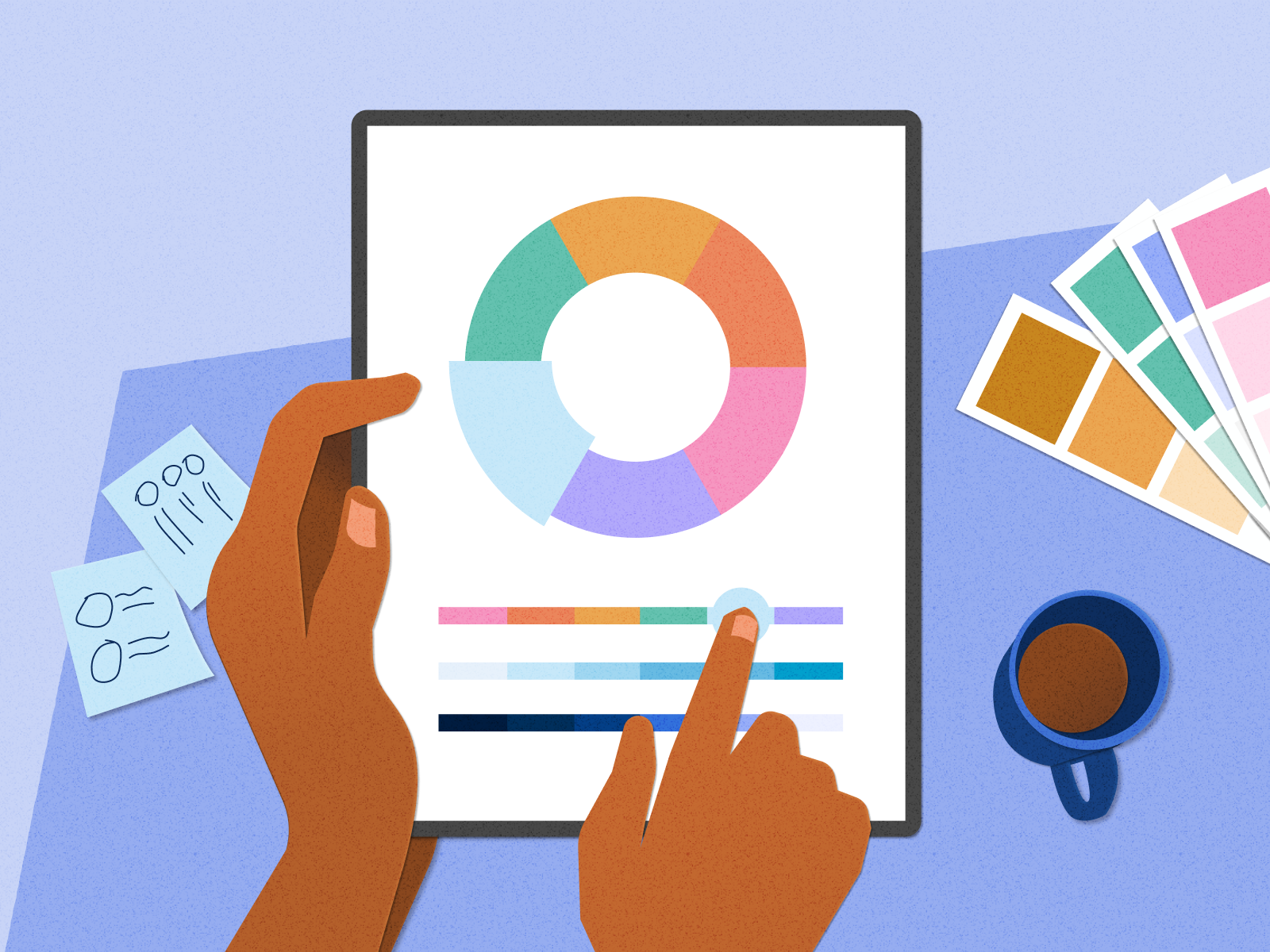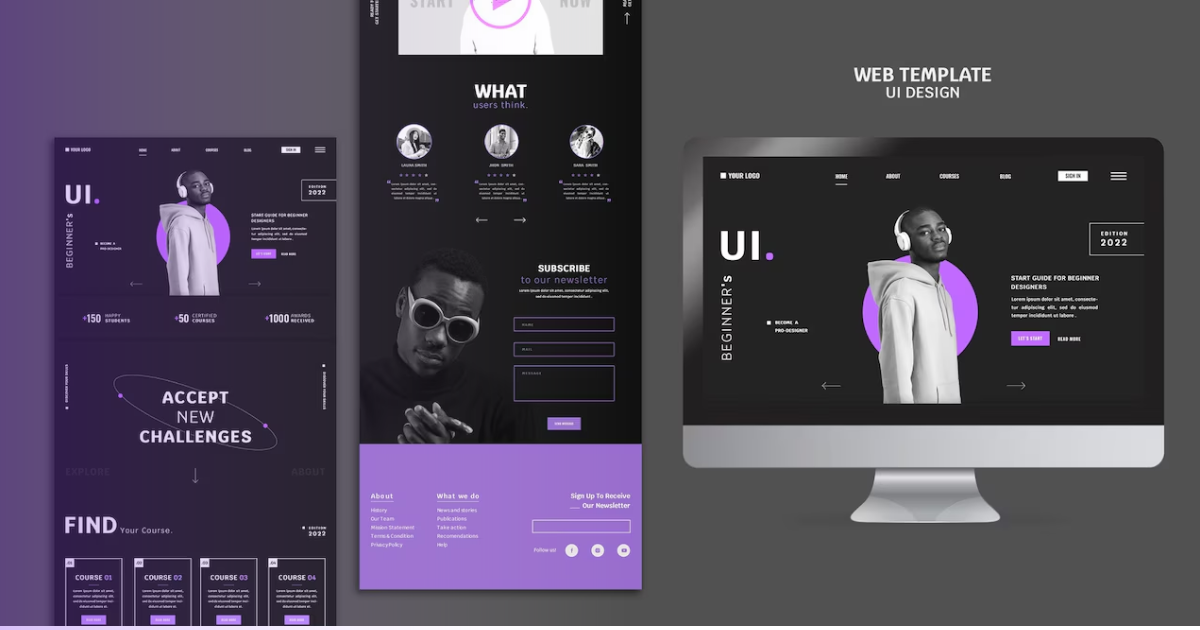Aligned Position Web Design: Building Responsive, Mobile-Friendly Websites for Modern Users
Aligned Position Web Design: Building Responsive, Mobile-Friendly Websites for Modern Users
Blog Article
The Very Best Kinds of Web Design to Improve User Experience and Interaction
In the ever-evolving landscape of digital interaction, the efficiency of Web style significantly affects individual experience and interaction. Numerous layout approaches, such as minimalist, responsive, and interactive layouts, each deal one-of-a-kind benefits that can provide to varied customer requirements.
Minimal Web Design
As digital landscapes end up being progressively cluttered, minimalist website design has actually become an effective technique to improving customer experience. This design ideology focuses on simpleness, focusing on vital elements while eliminating unneeded disturbances. By using adequate white area, simple navigating, and a restricted color scheme, minimal design cultivates quality and guides individual attention to key web content.
The core concept of minimalist website design is to create a smooth interaction for users. By decreasing cognitive load, users can promptly comprehend info without really feeling overwhelmed. This straight strategy not only improves functionality but also encourages involvement, as visitors are extra most likely to explore a site that is visually attractive and easy to browse.
In addition, minimalist design typically stresses typography and images, utilizing these components tactically to share messages properly. This concentrate on important parts can enhance brand name identification and create a memorable user experience. Basically, minimal website design is not simply a trend; it is a thoughtful method that identifies the significance of user-centered style. By removing extraneous aspects, developers can produce an extra engaging, efficient, and delightful Web experience for all users.
Responsive Web Style
In today's varied electronic setting, receptive Web style has actually come to be essential for producing a seamless user experience across a wide variety of gadgets. As individuals gain access to internet sites on smart devices, desktops, laptops, and tablets, the capability of an internet site to adapt its design and material to different screen dimensions and resolutions is essential.
Responsive website design utilizes flexible grids, photos, and CSS media questions to ensure that Web content exists ideally, despite the gadget used. This strategy not just improves the visual appeal of an internet site yet additionally considerably enhances usability. Users are more probable to engage with a website that uses a consistent experience, as it removes the frustration of needing to focus or scroll excessively.
By adopting receptive design, organizations can enhance their presence and reach a wider target market. In summary, responsive Web design is a fundamental practice that enhances individual experience, involvement, and overall contentment.
Interactive Web Design
Receptive Web style lays the foundation for boosting user experience, however interactive website design takes this a step better by involving users in a much more dynamic means - Aligned Position Web Design. By including components such as animations, clickable prototypes, and real-time comments, interactive website design captivates individuals, drawing them right into a richer surfing experience
This strategy not only fosters interaction however likewise urges customers to discover material proactively instead of passively consuming it. Techniques such as gamification, where users make benefits for completing jobs, can significantly enhance the time spent on a site and improve general contentment. Interactive features can simplify complex information, making it much more digestible and pleasurable.

Integrating interactive layout components can also cause higher conversion rates, as customers are most likely to involve with a site that actively involves them. Aligned Position Web Design. Eventually, interactive Web design transforms customer experiences right into memorable trips, guaranteeing that site visitors return time hop over to here after time
Apartment Design
Defined by its minimalistic strategy, level layout emphasizes simplicity and functionality, stripping away unnecessary aspects and concentrating on essential features. This design viewpoint prioritizes functionality, making sure that customers can browse user interfaces easily and performance. By using a tidy visual, flat style gets rid of the clutter commonly found in much more luxuriant designs, therefore boosting customer emphasis on material and performance.
The characteristic of level style depends on its use bold colors, straightforward typography, and geometric shapes. These aspects add to an aesthetically enticing user interface that is both contemporary and approachable. Additionally, level layout promotes a sense of quality, enabling users to discern important activities and info without diversion.
Moreover, flat style is especially effective in receptive website design, as its simpleness translates well across various tools and screen dimensions. The absence of intricate structures and slopes lessens loading times, which is essential for keeping individual engagement. As electronic landscapes remain to develop, level design continues to be an appropriate selection for creating user-friendly sites that improve general experience. By concentrating on necessary learn this here now functions, level layout not just meets individual demands but additionally encourages smooth interaction, making it an essential component of efficient website design approaches.
Flexible Website Design
Flexible website design personalizes the individual experience by developing multiple taken care of formats customized to various display sizes and devices. Unlike responsive layout, which fluidly adjusts a single layout, adaptive design employs unique formats for particular breakpoints, making certain optimum presentation on various systems. This approach allows designers to concentrate on the unique characteristics of each device, enhancing use by supplying specifically what customers require based upon their context.
One of the main benefits of flexible website design is its ability to optimize load times and efficiency. By offering tailored content and photos that fit the customer's tool, web sites can lessen data usage and enhance loading speeds. This is particularly advantageous for users with slower links or restricted information plans.

Furthermore, adaptive style facilitates a much more regulated and constant branding experience. Considering that developers create several designs, they can ensure that the visual aspects straighten with the brand's identity throughout various systems - Aligned Position Web Design. This results in a cohesive customer experience, boosting engagement and promoting individual retention
Verdict
In conclusion, the assimilation of minimalist, responsive, and interactive website design concepts significantly enhances individual experience and involvement. Minimal design fosters clearness and focus, while receptive style makes sure flexibility throughout numerous devices, promoting ease of access. Interactive style mesmerizes customers through dynamic elements, encouraging exploration and personalization. Collectively, these design comes close to add to the production of user-friendly environments that not only improve hop over to these guys complete satisfaction but likewise drive greater conversion prices, underscoring their crucial significance in contemporary Web layout techniques.

Minimalist design fosters clearness and focus, while responsive style makes certain flexibility throughout various devices, promoting availability. Jointly, these style comes close to add to the development of straightforward atmospheres that not just improve complete satisfaction but additionally drive higher conversion prices, underscoring their important significance in modern Web style methods.
Report this page